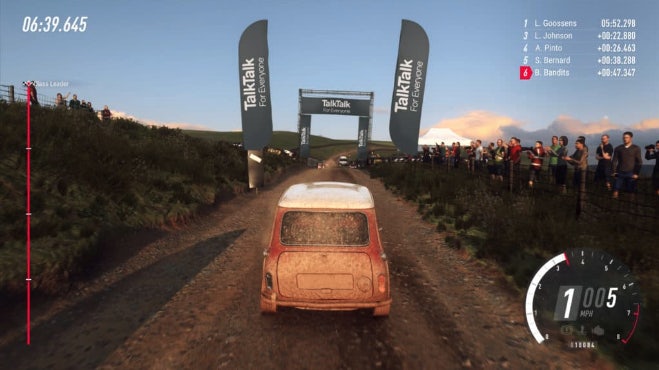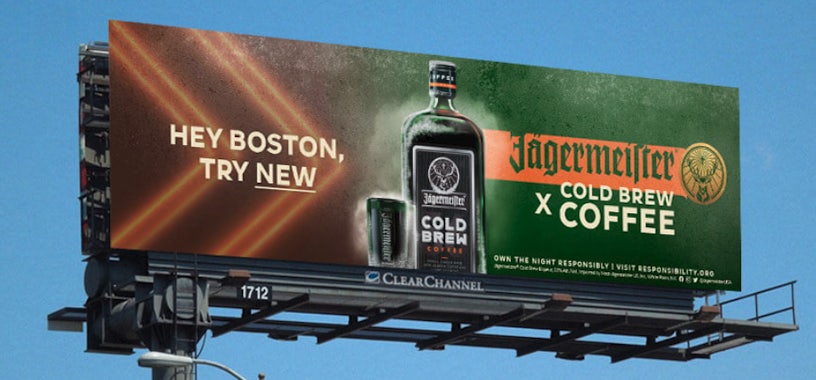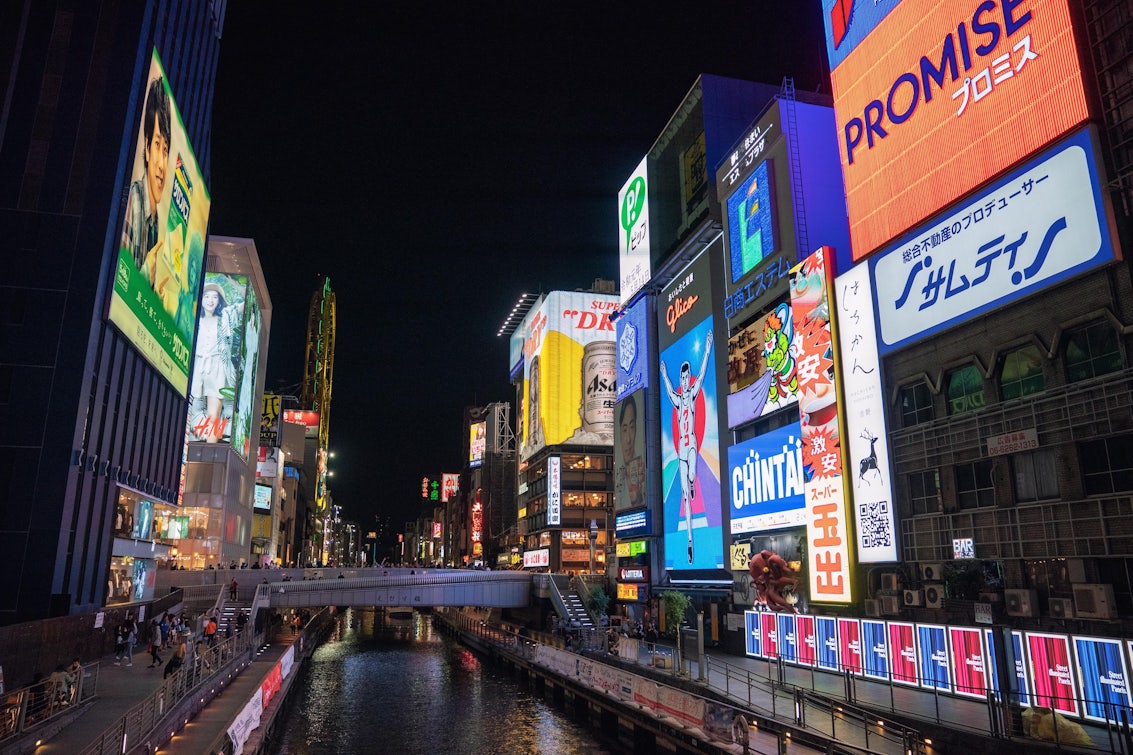Did you know there are between 20 and 500 touchpoints in the average customer journey? It’s vital to start driving brand awareness early so you’re in a strong position when your consumers are ready to purchase.
In this blog, I’m going to walk you through the day in the life of your consumer to help you explore new unique spaces to connect with your customers.
Various pieces of research have determined that we’re exposed to an estimated 4,000 ads every day (and this is at the lower end of the estimate, with some suggesting it could be around 10,000!) That’s a huge amount of content that is supposed to not only grab our attention but also be exciting, inspiring and memorable.
From those 4,000-10,000 ads, only around 100 of them can be recalled by those that have viewed them. This means that, even when using the more conservative estimates, consumers register less than 2% of the ads served to them every single day. It’s obvious that it’s more important than ever to cut through the clutter and differentiate your strategy to stand out from the crowd.
So where are people seeing these thousands of ads? Unsurprisingly, the majority, at around 62% are consumed online, via mobiles and laptops with social media and internet browsing forming a large part of our professional and personal lives.
That being said, your customers’ lives are so much more than the devices they carry with them. There are many more opportunities to connect with them beyond when they are scrolling on their phones. Let’s explore what a typical day could look like for your audience to identify key moments to tap into to make meaningful connections.
07:15 am – your morning alarm sounds
For most of us, our day starts with a pretty rude awakening. We might struggle to get up, snoozing our alarm a few times. We also might be part of the 27% of people who pick up their phone to play their favourite game before getting out of bed. This presents advertisers with their first opportunity to connect with customers.
The in-game advertising sector is predicted to grow by 9% between now and 2027, helped by around half of Europeans that are considered gamers. In this context, gamers aren’t just people who enjoy video games and games consoles, it includes anyone who plays any kind of mobile game or game on their computer, too. Think of favourites such as Candy Crush and Wordle, which helps to highlight the potential scale of this audience. In-game ads have been proven to evoke positive sentiment towards the brands associated with them, with up to two-thirds of people saying that they feel positively about the advertisers they see in-game.


Specifically, intrinsic in-game ads are ads integrated into gameplay, providing a native advertising format that adds to – rather than takes away from – the experience of the game. As you can see in the below TalkTalk example, the branding is integrated into the perimeter ad strip as it would be in a real-life football match.
It’s this unexpected visibility that leads to a strong positive association with the brand and up to 21x more attention being paid to the content than standard mobile advertising.
08:33 – you’re up ready for the day ahead
So, you’ve got yourself ready and out the door and you’re listening to your favourite playlist on the commute to work. Here presents the second opportunity to reach your audience.
Audio ads present a unique opportunity to reach our customers while they are engaging in another activity, and not looking at a screen. Audio ads have been shown to be hugely engaging, with 61% of listeners reporting that they stay tuned throughout the ads – this is especially effective when we consider that linear TV is only 19%.
‘3D audio’ is a creative technique that aims to mimic the real way we process sound – in real life we don’t experience sound as fixed and centred at all times, instead it is many sounds layered on top of each other and shifts around our field of hearing. 3D audio ads use the ‘experience’ of sound to deliver a more emotive creative experience – for example, an alcohol brand might use the sounds of a drink being mixed – the clinking of ice, the crack of a can being opened alongside the script to evoke the feelings one has when they are about to taste their favourite drink.
Putting this into practice, Spotify partnered with Fuse Tea to produce an ASMR-style 3D audio ad to create a relaxing experience for people listening to chilled-out playlists and promote the idea of ‘me time’. The campaign was wildly successful and saw a 3.5x increase in ad recall and a 1.8x increase in brand awareness compared to your standard audio ad.
12:45 – it’s lunchtime
So it’s time for lunch and you’ve forgotten the sandwich you made, so you head out to the shop to go and buy something. On your walk, you may pass a digital-out-of-home ad (DOOH) – which is exactly what it says on the tin – a digitised version of classic billboards and street signage. The digital element allows them to be much more targeted, flexible and measurable than offline out-of-home advertising.
DOOH has been a hot topic in the marketing world for some time, although its rapid rise to success was somewhat curtailed by the pandemic. However, its growth is back on track with spend reportedly increasing by 25% between 2021 and 2022.
It’s proven to be a powerful tool for driving not only awareness but also action – with campaigns reporting that up to 62% of viewers took to their smartphones to look for more information after seeing a DOOH ad. An excellent example of bringing an ‘offline’ audience online.
Jagermeister used DOOH to launch its new cold brew coffee product, activating across screens in areas with high footfall amongst its strict ‘over-21’ audience. The campaign saw brand awareness increase by 73% by the end of the campaign.

While the popular gym group Virgin Active demonstrated success in this field by running a geo and time-targeted DOOH campaign to reach commuters in the city, encouraging them to sign up for the closest gym to their work. This resulted in 3x higher footfall to their local gyms during the campaign run.
19:45 – work is finished, dinner’s made, and it’s time to settle down
With your feet up on the sofa, you switch on your smart TV to settle down for the evening.
Over the past few years, connected TV has rocketed in popularity with 67% of households now owning one. As connected TV requires users to sign in, it is cookieless, it’s also the largest screen in the house and automatically sound on – making for an excellent environment for high-impact branding.
50% of people watch more CTV than linear and audiences are also shown to be more engaged with it, with attention rate reported at 82% for CTV vs 69% for linear. This creates a huge opportunity for marketers to reach people through this channel.
The animal charity, the RSPCA worked with Quantcast to deliver a full-funnel CTV campaign – with objectives from brand awareness, all the way through to conversion. The campaign demonstrated the value of CTV throughout the funnel, with a 25% lift in ad recall and over 200% more donations on-site during the campaign run.
23:00 – time for bed
Finally, just before heading off to bed, you might find yourself listening to the radio through your voice assistant.
Voice assistants take many forms, Apple’s Siri, Amazon’s Alexa, and Google’s Nest are just a few, and 39% of adults say they regularly use a voice-activated assistant.
While voice-assistant ads aren’t widespread – yet – they are a hot topic for the future of personalised advertising.
Voice-activated ads are user-led, asking for ‘permission’ to be interacted with meaning they are a much less intrusive ad format than many others.
In 2021, Berocca Boost became the first FMCG brand to adopt ‘actionable audio’. The clever campaign started with an audio ad delivered to voice assistants that were playing the radio, appealing to the bad weather and subsequent colds people were getting at that time of year. The call to action was a voice prompt that people could use to engage with their voice assistant and be taken through a custom conversation about the product. 46% of people asked for more information following the ad, and 23% went on to make a purchase.
Summary
Over the last 15 hours, you can see that a person’s average day presents multiple opportunities for your brands to connect with them in meaningful ways.
To elevate your awareness strategy ahead of peak and start making meaningful connections with your customers, make sure to consider not only how you are reaching your audience, but also where you are reaching them. If you want to discuss any of these tactics in more detail, get in touch with our team to learn more.
This blog is a write-up of an original webinar talk which you can find here. For more tips and advice on all things PPC, Programmatic and Paid Media, be sure to check out our blog.



